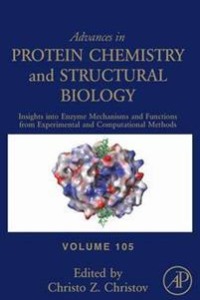
Liknande böcker
Advances and Challenges in Stroke : Formation Mechanisms, Physiological Roles and Common Harmful Effects
Bok av Michelangelo Mancuso
Dr. Mancuso is the head of the of the Stroke Unit at the Neurological Clinic of the University Hospital of Pisa (Italy), and the chief of the Centre of Neurogenetics and expertise for mitochondrial diseases and rare diseases of the same Institute. Scientific and research activity of Dr. Michelangelo Mancuso has mainly been conducted in the field of neurogenetics, mitochondrial diseases and stroke pathogenesis. As a whole results, Dr. Mancuso has published more than 150 full papers on peer-rewieved Life Science/Current Contents cited scientific journals. Stroke, a brusque interruption of blood supply in an area of the brain, has a sudden and frequently devastating impact on both patients and their families. Although stroke is most common in older people, it can occur in individuals of any age, including young adults and children. Fortunately, the prospects for preventing and treating stroke are far better than they were just a few decades ago. However, a lot of challenges await physicians and researchers in terms of prevention, pathogenesis and treatment. Stroke remains a high priority medical condition for our society; globally, about 15 million people suffer of cerebrovascular diseases, with stroke being the most frequent life-threatening neurological disease and the third cause of death and disability. The authors of Advances and Challenges in Stroke hope to guide readers through the complexity of stroke pathogenesis, from the molecular basis to the most recent advances in terms of pathophysiological cascade leading to cell death. Through the expert opinion of Italian and European researchers, multiple aspects will be explored, including the etiology of juvenile or cryptogenic stroke, correlations between the heart and brain, state-of-the-art telemedicine in reducing door to needle and decision-making time, and the contribution of modern neuroimaging techniques and surgical/endovascular treatment in the hyperacute stroke phase.Target Audience:Neurologists and, Resident Physicians in Neurology and all those specialists who frequently have to manage stroke patients (i.e. in the Geriatrics, Emergency Medicine, Cardiologists, Internal Medicine fields, Neuroradiologists and more)







